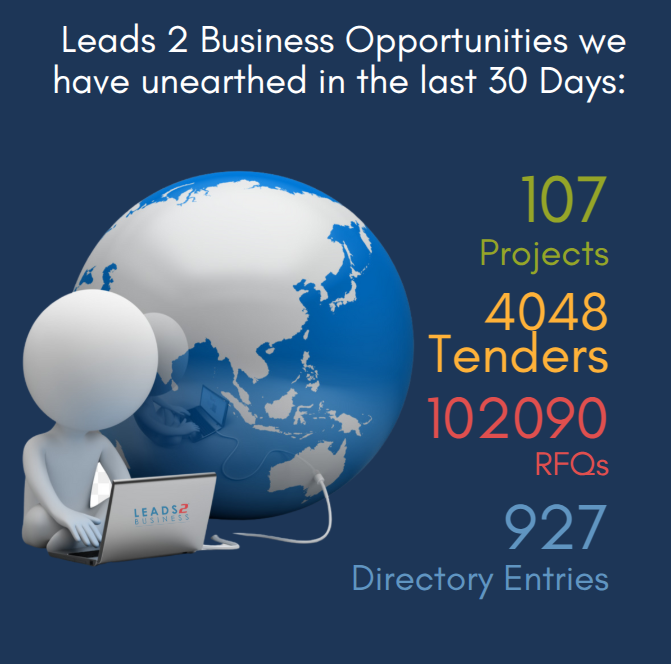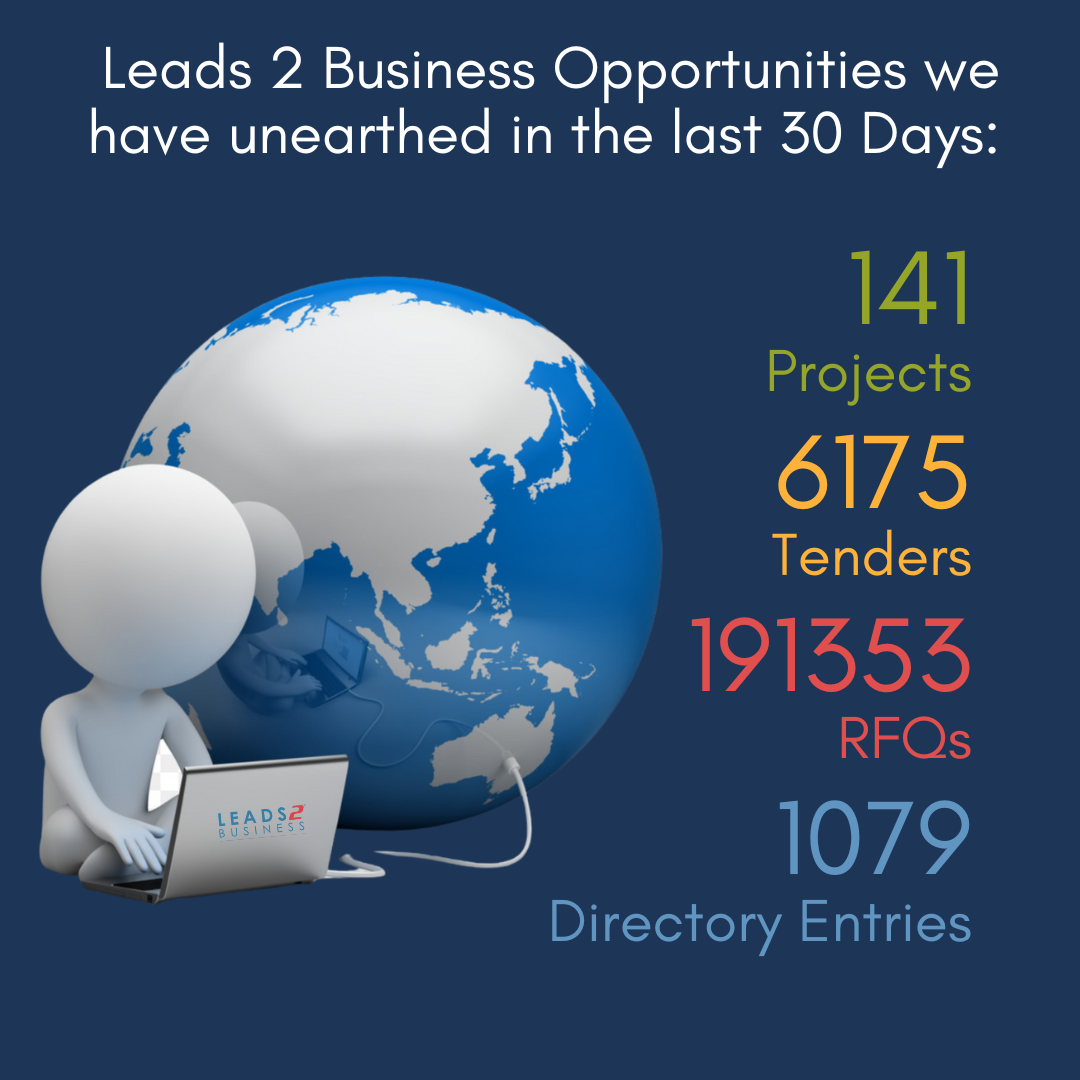Gauteng – DTA 1075259

Contract Number: COJ/EISD002/24-25 – City of Johannesburg
Description: Bids are invited for appointment of Service Provider to undertake Rehabilitation, Project Management and Engineering Design for Integrated Waste Management Facility at Kya Sands Landfill sites for a duration of three (3) years.
| Category | Industry |
| Infrastructure | Institutional |
| Region | Site Inspection |
| Gauteng | Compulsory briefing session will be held on 17 April 2025 at 08:00 at 16B Penguin Drive Fourways 2118. *The site visit is compulsory and will take place at 16B Penguin Drive Fourways 2118 on 17 April 2025 starting at 10:00.* |
| Closing Date | Contract Period |
| 06 May 2025 at 10:30 | Three (3) years |
Please visit Leads 2 Business for more information on this Tender Notice.
If you are interested in becoming one of our subscribers, please visit Leads 2 Business.
For assistance on how to use our website, please visit Leads 2 Business Wiki.
To view more Featured Tenders, please visit our Leads 2 Business Blog.
About Bianca Swartz
I have been working at Leads 2 Business since January 2025, so I’m still relatively new to the L2B family. My current role is in Tenders South Africa, where I have the opportunity to work with an amazing group of people. I’m excited to continue learning, growing, and contributing to the success of the company.





